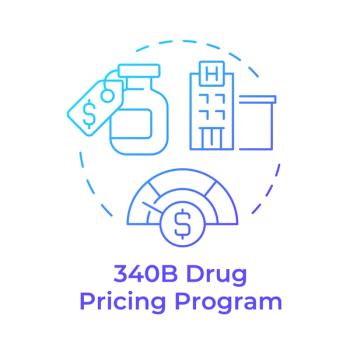
Five Tips to Build a Better Culture
Good company culture doesn’t just happen, you have to take charge and plan for it.
Peter Drucker, a well-known management consultant, once said, “culture eats strategy for breakfast”-meaning, despite our best efforts to develop a strategy that will work for our company, it’s the culture of the company that will determine the direction it takes.
Companies will often name their culture, declaring “we’re a customer-first culture!” or “we have a culture of wellness!” sometimes forgetting that culture isn’t defined by what we say it is; culture is defined by what we do.
This ties into innovation because so many of us are striving to create-you guessed it-a culture of innovation So if our actions truly define our culture, is it possible to create the culture you want?
I think so-but be prepared for it to take many, many years, because first, you have to build it. Remember one of the greatest movie lines of all time from Field of Dreams, “
Here are some tips on how to get building:
1. Define what innovation means to your organization
Innovation is an ambiguous word used just about everywhere these days. You have to decide what it means in your context.
Will you be happy with incremental innovation, such as process improvements that shave time off of daily work or reduce the need for additional staff? Are you interested in developing some small changes to products? Or are you looking for transformational and disruptive innovation, such as revamping your entire business model and selling to a new segment of customers? You must articulate the vision in order for others to follow it.
2. Teach people how to innovate
Tell a claims analyst who has followed steps to process claims the same way for the last 10 years that you want her to innovate and watch the look of panic flood her eyes. We can’t tell our people we expect them to innovate without giving them a structure or a framework for doing it.
I’ve
3. Provide clear, actionable opportunities to innovate
Teaching them how is the first part, but you also have to give employees outlets for innovation. By giving explicit opportunities to innovate, you’re giving permission for them to question the status quo.
Related article:
At Independence Blue Cross, we do things like run ideation sessions to elicit suggestions for specific needs in the business and run challenges where high performers are chosen to participate and contribute their thoughts. By providing specific opportunities to engage, we’re building a place where employees can go back and think about their own work differently.
4. Follow through and send the right message
Everything you’re doing as a leadership team is sending a message. One of the most basic actionable things I’ve seen organizations do is put out an idea box. “See! We’re asking employees for ideas, so they know we encourage innovation!” And often, that box idly sits and the ideas never see the light of day-much less get implemented or celebrated.
You’ll actually hurt your efforts by asking for ideas and never following through, because you’re sending a message that it’s all lip service and you don’t care about their ideas. For each opportunity you provide, think about how it will be carried through. It doesn’t mean every idea has to be implemented, of course. But it may mean that each idea is responded to or the efforts of the submitters are celebrated.
5. Reward the behavior you seek
If you want employees to have more ideas, reward each idea submitted with something small. If you need more process improvements implemented, invite departments to submit their changes to a quarterly contest, where the best one is awarded a catered lunch, for example.
This doesn’t have to be an expensive solution – don’t underestimate the value of praise and face time with leadership. Many employees are already intrinsically motivated to be creative and innovate-this gives them the extrinsic push as well.
With this five-step plan, I’m confident that you will start to see innovation behaviors emerge and they’ll begin to shape the values of a culture of innovation.
Newsletter
Get the latest industry news, event updates, and more from Managed healthcare Executive.






















































